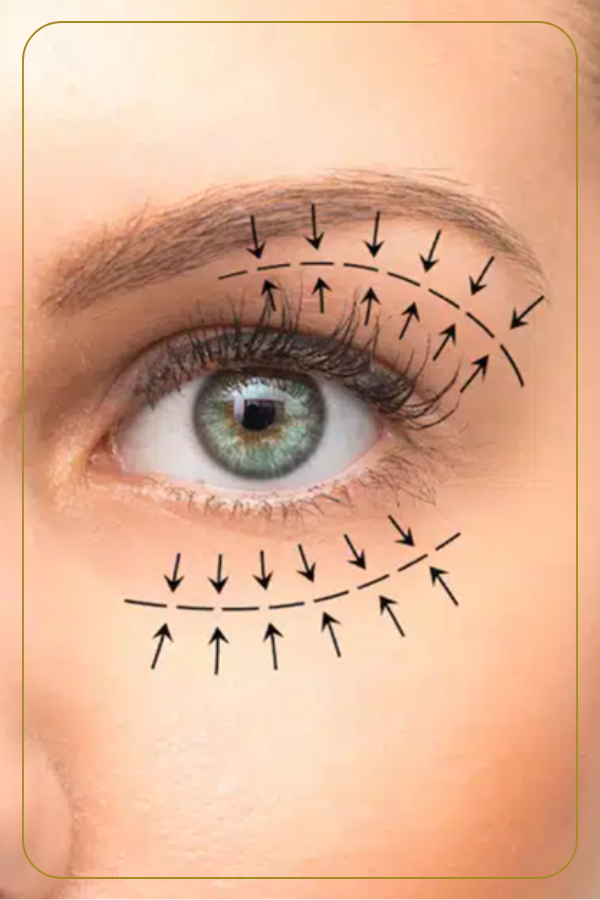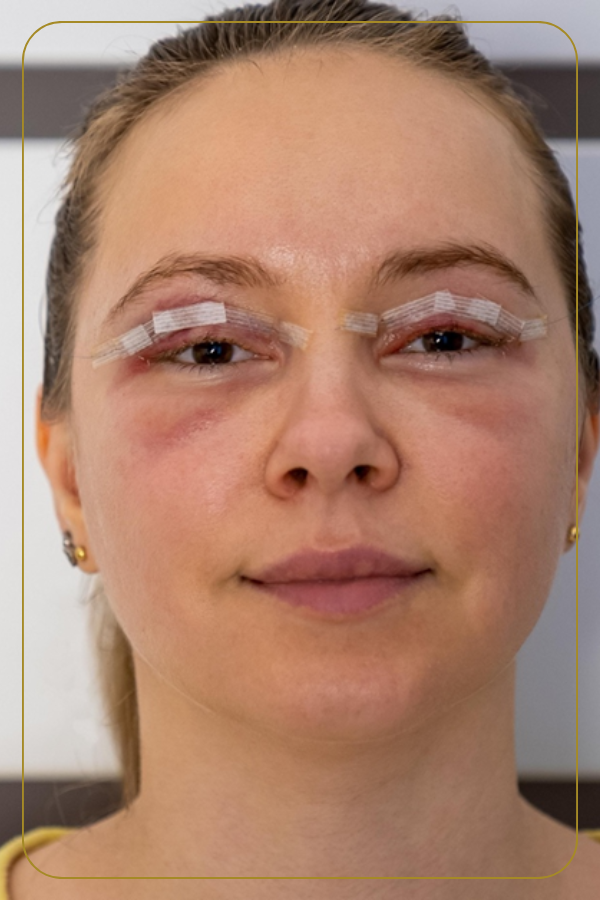Blepharoplasty

Rediscover Your Radiance: The Art of Blepharoplasty
When to Consider Blepharoplasty
• Excess, loose skin hanging over your eyelashes, which can even obstruct your vision.
• Puffy, aged-looking under-eye bags that create a tired appearance.
The Procedure: Precision and Care
The surgery is a delicate and personalized process, tailored to your unique facial structure, bone symmetry, and individual expectations. Surgeons make precise markings to identify where excess skin, muscle, and fat pads need to be gently removed. This is done with meticulous care, as both over-excision and under-excision can negatively impact the final result.
The incisions for upper eyelid surgery are carefully made within the natural folds to minimize visible scarring. Finally, sutures are placed to smooth the areas around your eyebrows and eyelids.
The procedure typically takes about 2–3 hours. As it is an outpatient surgery, you can return home a few hours later, accompanied by a friend or family member.

Anesthesia and Recovery
Blepharoplasty is typically performed under local anesthesia. If both your upper and lower eyelids are being treated, IV sedation with general anesthesia may be used. You may experience some mild, temporary side effects, such as a feeling of dryness in your eyes, but this subsides as the eyelids heal. Any discomfort can be managed with prescribed pain relievers. Sutures are removed approximately five days after surgery. While thousands of people undergo this surgery daily with great satisfaction, providing a detailed medical history is crucial to avoiding any complications. The final results can be maintained for up to 10-15 years, giving your eyes a fresh, awake look that truly enhances your face.
Upper Blepharoplasty
This procedure is considered for those with loose, excess skin that hangs over their eyelashes, which can cover the natural folds of the upper eyelid. This can sometimes even hamper a person's vision. Often referred to as "Functional Blepharoplasty," this surgery is done to correct the hooded appearance of the eyes. For upper eyelid surgery, incisions are typically made in the natural fold.
Lower Blepharoplasty/ Eyebag Removal
Lower Blepharoplasty is performed to address puffy, aged-looking under-eye bags or deep grooves under the eyes. The surgery is done to improve the overall appearance of the under-eye area. Both procedures involve the surgeon making precise markings to designate where excess skin, underlying muscle, and fat pads need to be removed. The surgery for both upper and lower eyelids takes about 2-3 hours to complete and is done as an outpatient procedure.
